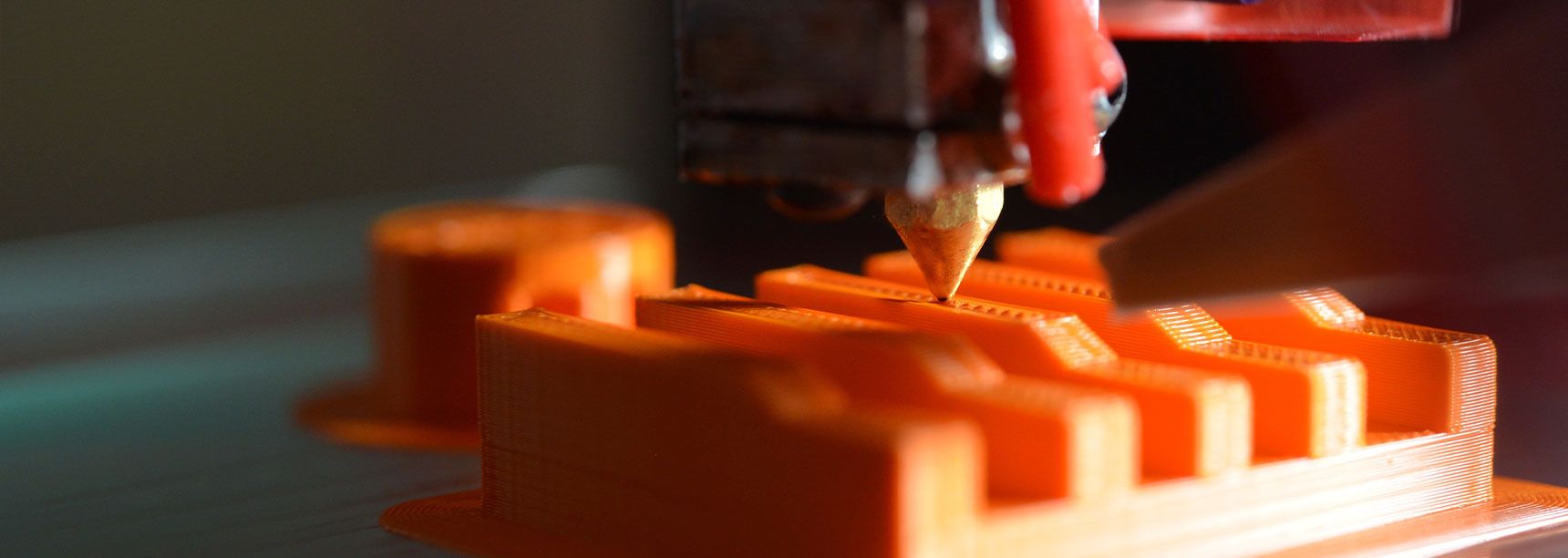
R&D
In addition to its purely marketing activity, Mercé Electromedicina, due to the personality of its founder, Salvador Mercé Vives, and his closeness to the users of the products, has been always concerned about the scientific side of the products.
Technical approach of the sales and subsequent support to the user through product specialists with initial qualification (engineers, biologists, pharmacists) and continued training by the manufacturers of devices.
Own research activity based on original ideas contrasted with user physicians with a very high scientific and clinical qualification. The research lines investigated by Mercé have included as a constant flow pulsatility in heart surgery applications.
Technical approach of the sales and subsequent support to the user through product specialists with initial qualification (engineers, biologists, pharmacists) and continued training by the manufacturers of devices.
Own research activity based on original ideas contrasted with user physicians with a very high scientific and clinical qualification. The research lines investigated by Mercé have included as a constant flow pulsatility in heart surgery applications.
Since the advent of extracorporeal cardiac surgery, many studies have been published that insist in the advisability of transforming the linear flow provided by extracorporeal circulation machines into a pulsatile flow to improve organ perfusion and brain perfusion, with proven benefits for the patient. Over the years, Salvador Mercé has investigated different research lines aimed at the development of pumps that generate a pulsatile flow, and has obtained interesting results.
Recently and based on the previous experience, the research has focused on obtaining a fungible, cheap, effective device, compatible with the pumps existing in the market, adding to it, thanks to the recent technological advances, an interactivity that makes the device fungible and “smart”. Over the years, Mercé V. Electromedicina has collaborated with hospitals and reference institutions and has been supported by European funds to innovation.
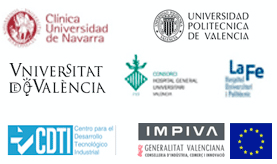
Since the advent of extracorporeal cardiac surgery, many studies have been published that insist in the advisability of transforming the linear flow provided by extracorporeal circulation machines into a pulsatile flow to improve organ perfusion and brain perfusion, with proven benefits for the patient. Over the years, Salvador Mercé has investigated different research lines aimed at the development of pumps that generate a pulsatile flow, and has obtained interesting results.
Recently and based on the previous experience, the research has focused on obtaining a fungible, cheap, effective device, compatible with the pumps existing in the market, adding to it, thanks to the recent technological advances, an interactivity that makes the device fungible and “smart”. Over the years, Mercé V. Electromedicina has collaborated with hospitals and reference institutions and has been supported by European funds to innovation.

Physioheart® is a pumping system based on an admission/ejection chamber with a bellows controlled by a piston.A computer-based system allows to control accurately bellows movements. Adequate pressure and flow waveforms can be thus created.
In addition, pumping frequency and ejection volume can be programmed independently, and the former can be synchronised with physiological signals (electrocardiogram or blood pressure).
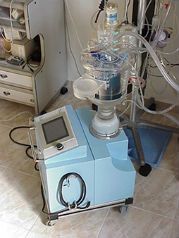
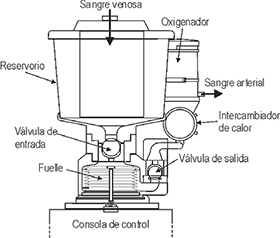
The positive findings from studies with the Physioheart® system led to seeking solutions that combined the advantages of pulsatile flow with those of centrifugal pumps.
These have been widely tested in experimental and clinical studies, with good outcomes, in particular for their easy use and lower damage caused to the figurative elements of blood.
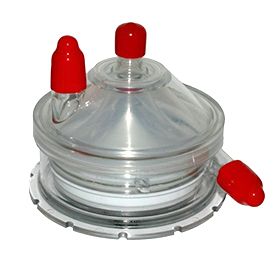
With this in mind, we developed a new pump, SalvaPump ®, based on the combination of a centrifuge whose propulsion chamber has a flexible surface that varies the volume of blood contained in its interior it by means of an injection and aspiration system, which can either be pneumatic or hydraulic and which thus determines pulsatility.
This system does not use valves to direct the flow, therefore the pulsations would generate in each cycle a component of antegrade and retrograde flow.
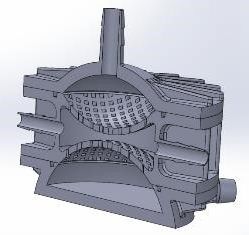
Pulsamed is a new device that transforms the lineal or pseudo-pulsatile flow of the current pumps used in CEC systems into a pulsatile flow similar to the physiological one and that can also regulate performance based on the biological signals collected from the patient (ECG).
- Place of project implementation: Valencia
- Timelines for project implementation: 19/04/12 – 18/04/13
- Project funded by the CDTI, co-funded with FEDER funds (cost estimate: €734,125.45)

“Development of a customized device for Left Atrial Appendage block (LAAB)”.
The overall objective of the project is the development, manufacture and validation of the device, to reduce the risk of cerebral thrombotic stroke in patients with non-valvular atrial fibrillation. The customization of the device will not only guarantee the correct placement of the device, by preventing its migration, the main limitation of current devices, but will also ensure the total of blockage of the blood flow inside, avoiding thrombosis.
- Place of project implementation: Valencia
- Timelines for project implementation: 01/01/2017 – 31/12/2019
- Project funded by the CDTI, co-funded with FEDER funds (cost estimate: €897,146.00)

The project of CERTIFICATION OF THE BAAI DEVICE DEVELOPMENT PROJECT carried out by MERCÉ V. ELECTROMEDICINA, S.L. and with file number IMACPA/2018/50 has been co-financed by the European Union ERDF funds and the Valencian Institute of Business Competitiveness (IVACE).

“Development of a percutaneous device for ligation of the sapheno-femoral arch used in the treatment for removing varicose veins.”
The purpose of this project is the design, development and validation of a percutaneous device for ligating the sapheno-femoral arch, for the purpose of providing a less invasive technique than the current techniques for the treatment of varicose veins while increasing their safety.
- Place of project implementation: Valencia
- Timelines for project implementation: 01/03/2018 – 31/12/2019
- Project funded by the CDTI, co-funded with FEDER funds (cost estimate: €410,404.00)

“Redesign, validation and clinical evaluation of a percutaneous device for the ligation of the saphenous-femoral arch used in the treatment of varicose vein removal”.
Objective: The SafenLock device was successfully evaluated in a laboratory setting and subsequently in animal surgery, where improvements on the device were detected that will be addressed in this new continuation project, which will give forth to a clinical study in humans in a pre-industrial phase.
- Place of project implementation: Valencia
- Timelines for project implementation: 01/09/2020 – 30/06/2023
- Project funded by the CDTI, co-funded with FEDER funds (cost estimate: €685,255)

Objective: The main objective of this project is the research and development of an intelligent tool for dermatological exploration that assists in the detection and delimitation of the main types of skin cancer and to do so in real time without the need of biopsy and through an automated and contactless technique.
- Awardee: MERCÉ V ELECTROMEDICINA SL.
- Grantor: AVI (Valencian Agency for Innovation)
- File number: INNEST/2021/135
- Award date: 03/08/21
- Duration: 36 months
- Amount: 152.952,75€.
- Awardee: MERCÉ V ELECTROMEDICINA SL.
- Grantor: AVI (Valencian Agency for Innovation)
- File number: INNEST/2021/135
- Award date: 03/08/21
- Duration: 36 months
- Amount: 152.952,75€.

Última actualización 20 June, 2022



